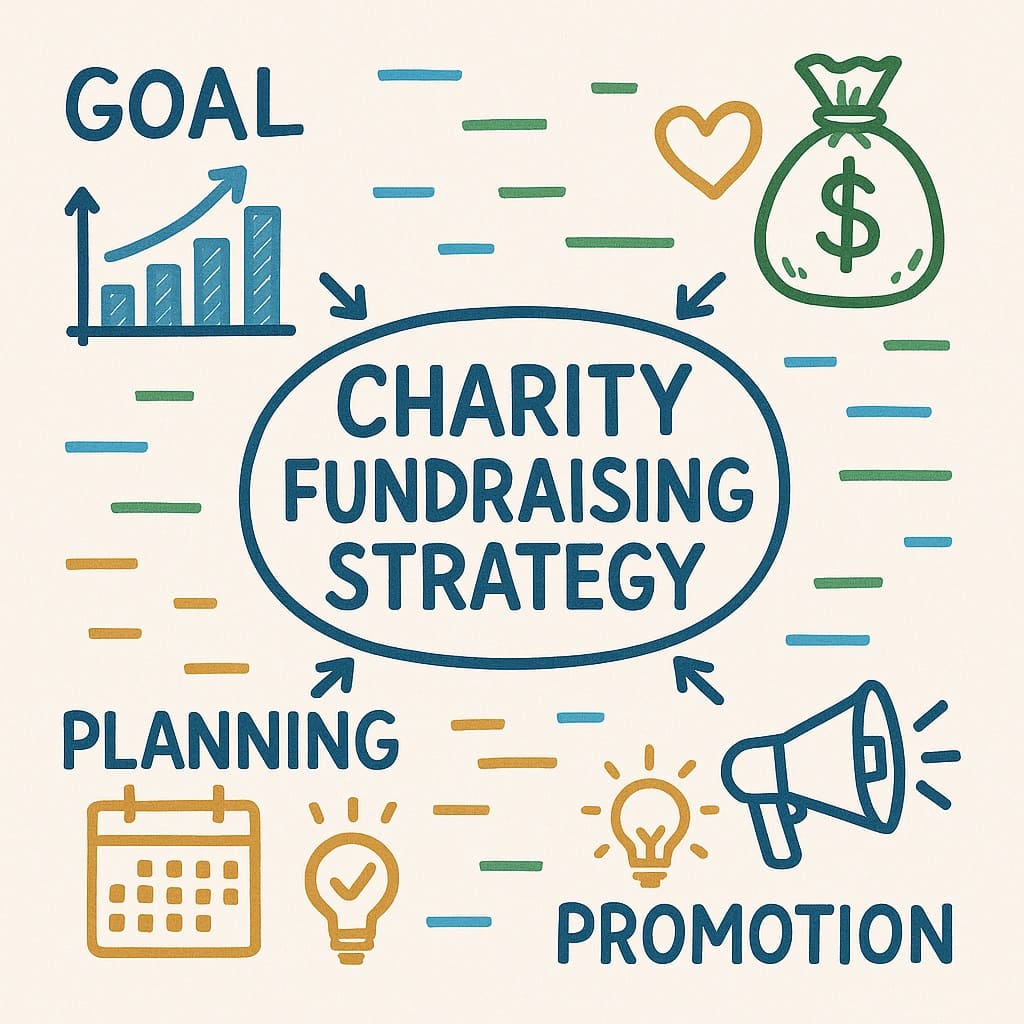Non-profit boards are vital partners to your fundraising success. Yet too often, board members feel uncertain about their role in philanthropy. That uncertainty can stall momentum and create frustration. At The Hodge Group, we work with nonprofit organizations across all sectors to engage boards, ensuring they become powerful accelerators of giving through a clear fundraising strategy and sustainable fundraising strategies for nonprofits.
Build Shared Ownership in Your Fundraising Plan:
Both successful capital campaign strategy and annual fundraising balance depend on shared ownership. Fundraising thrives when board members are invited to shape the architecture of the charity fundraising strategy. Developing a shared concept and message around philanthropy ensures consistency and reinforces donor confidence. This is where The Hodge Group’s trademarked Hyper-Philanthropy™ philanthropic fundraising service builds a solid framework:
- Strategic Vision: Tie board participation directly to the organization’s broader mission and future.
- Culture: Embed philanthropy into the DNA of board service. When giving and asking are celebrated, it becomes contagious.
- Behavioral Economics: Equip board members with insights into donor motivations, making them more confident ambassadors.
- Communication: Ensure board members have the language, stories, and tools to represent the organization effectively.
Invite Meaningful, Joyful Engagement:
Board members should see there are many ways to contribute to the organization’s fundraising plan, starting with their willingness to support. While not everyone will make the same-sized gift, everyone should identify meaningfully with their contribution. Their role doesn’t stop with writing a check, though. Empower them by discussing ways they can:
- Leverage personal and professional networks
- Open doors to new philanthropic partnerships
- Model donor stewardship and communication
When these discussions occur, your development office gains a full spectrum of resources for engagement. This approach builds a culture of sustainable fundraising growth where board members contribute with confidence and joy.

Offer Tools for Communication and Training:
Boards thrive when supported with tools and training. Provide simple communication templates, role-play exercises, and ongoing coaching. Consider offering:
- Mini-training sessions on fundraising best practices
- Peer-review opportunities for donor communication
- Regular workshops on donor engagement and fundraising strategy for non-profits
These tools move the board experience from intimidation to inspiration while ensuring your organization practices nonprofit leadership excellence.
Regularly Acknowledge and Celebrate Success:
Recognition reinforces engagement. When boards are strategically involved in capital campaigns and annual fundraising, they become indispensable to long-term success. And when philanthropy is shared, it shifts from being perceived as duty to being experienced as joy. This alignment is at the core of our Hyper-Philanthropy™ methodology and is something we observe in our practice as nonprofit fundraising consultants.
Frequently Asked Questions about Fundraising Strategy:
Q: What is the biggest risk of not having a clear fundraising plan?
A: Without a clear fundraising plan, nonprofits risk donor confusion, missed opportunities, and costly inefficiencies. A well-structured development plan ensures alignment between philanthropy and strategy.
Q: How can board members support a fundraising strategy?
A: Board members can champion the organization’s vision, open doors to new donors, and model a culture of giving. Their participation builds credibility and momentum in both capital campaign strategy and annual fundraising.
Q: What role does a donor stewardship plan in fundraising success?
A: Donor stewardship is central to sustainable fundraising. Regular communication, recognition, and impact reporting help donors feel valued and encourage long-term engagement.
Q: Will conducting a capital campaign slow down annual fundraising?
A: Not if managed properly. A capital campaign should complement annual fundraising by reinforcing the organization’s overall vision and creating new donor pathways.

